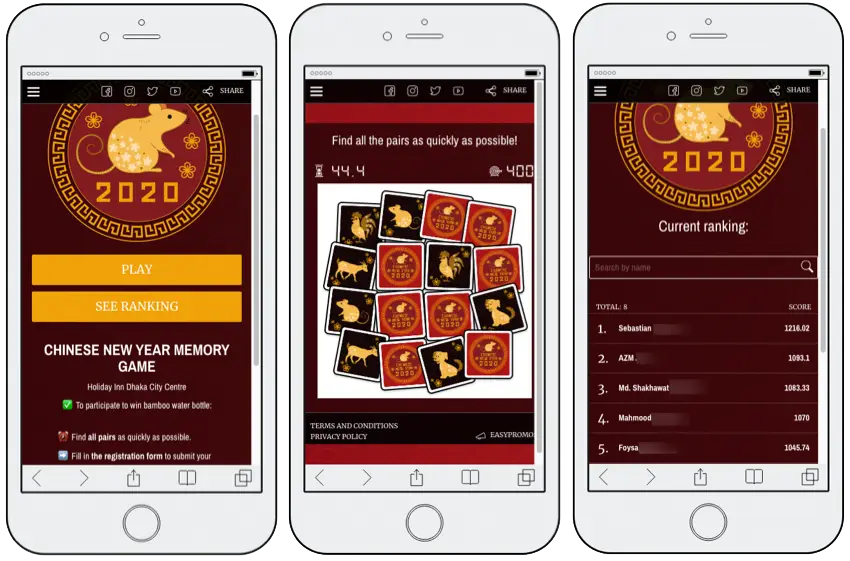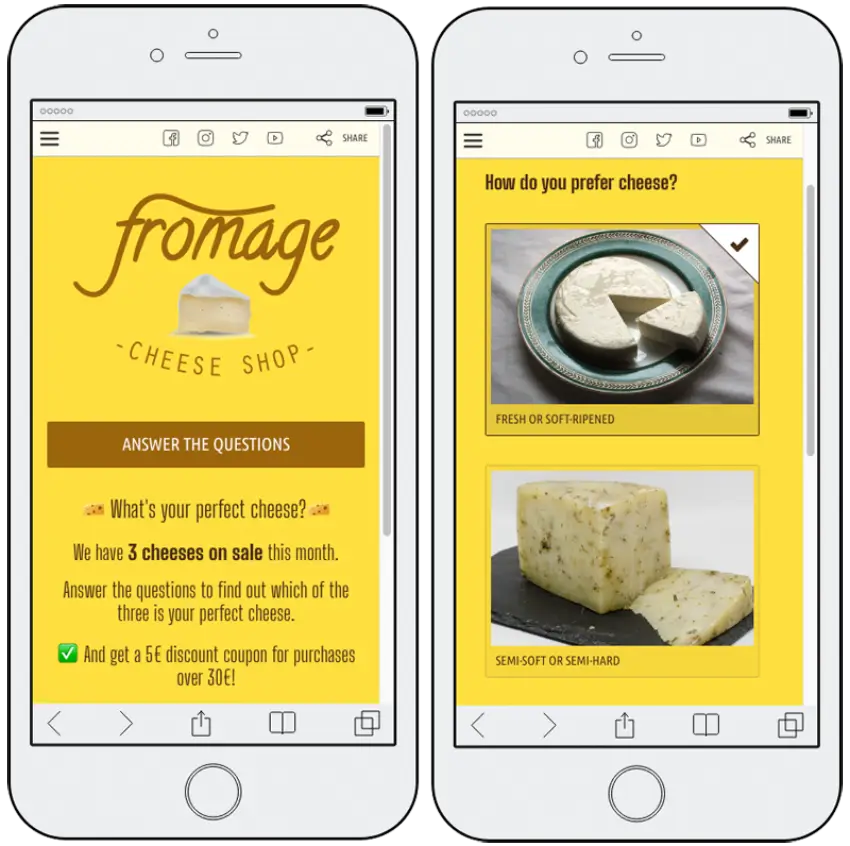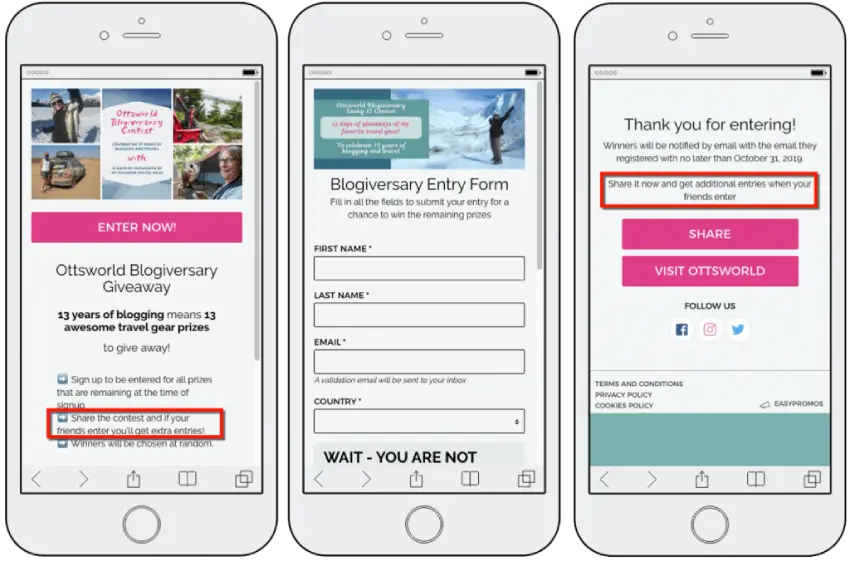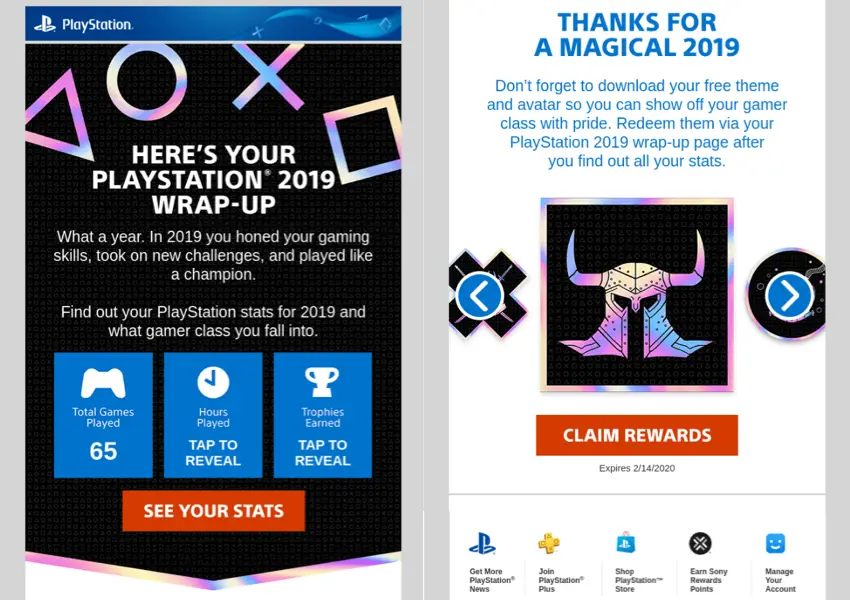Playing games is no longer just for fun. As technology and marketing develop, gamification in business has become more popular and accessible than ever.
You can now use gamification apps for your business goals and apply gamification to every stage of the inbound marketing process. The right game or challenge will attract new customers, engage potential leads, and delight loyal customers. Additionally, you can use gamification to learn more about your audience and fine-tune your digital marketing plan.
In this post, we’ll take a look at what “gamification” really means and how it works. Then we’ll look at every stage of inbound marketing… plus some gamification marketing examples, and bonus ideas for getting your employees involved.
What is gamification marketing?
The simplest definition of gamification is: “Applying elements of game design to non-game settings”.
So for gamification marketing, that means creating adverts, content marketing and customer retention programs that are attractive, interactive, and intrinsically rewarding.
There are different types of gamification. These depend on your goals, your audience – and even the size of your business. According to gamification pioneer Yu-kai Chou:
- small businesses and start-ups focus on product gamification, or playable products
- mid-sized companies focus on marketing gamification
- large businesses and corporations focus on workplace gamification
But I’d like to propose a different approach. Instead of assigning different types of gamification to different businesses, I see these types as different stages of inbound marketing. Let’s lay it out:
- marketing gamification attracts and engages inbound leads
- product gamification delights and rewards customers
- workplace gamification motivates your employees to continue the cycle
ATTRACT: how to use gamification to attract inbound leads
In the first phase of the inbound marketing cycle, you have to draw people in. The ideal is that they spot some of your content, take a look, and finally make contact with your brand. So your content marketing plan is evidently key.
Gamification is an exciting new addition to the content marketer’s toolbox. Gamified content is a breath of fresh air – it looks different from the ebooks, social media quips and videos that everyone else is pushing out.
What’s more, people have to interact with gamified content. And we know that interactive content gets more attention and sticks in people’s minds.
However, it’s important to strike the right balance with this kind of gamification marketing. Because people are just at the start of their buyer’s journey, you don’t want to overload them with information and sales talk. Instead, you want them to have a fun, memorable experience, which gently increases their awareness of your brand.
Here’s a gamification marketing example where the brand has focused on a popular holiday. There are rewards on offer, and the game carries some branding, but the emphasis is on playing the game:

Read this article and learn how to build 3 simple games for gamification marketing.
ENGAGE: how to use gamification in your product marketing plan
Once you’ve attracted some interest, it’s time to nurture people towards making a purchase. This is where you can reach out more actively, start segmenting leads, and kick your product marketing plan into action.
Gamification marketing has an important role to play here. It’s no longer just about entertaining people. You can also use gamified content – such as quizzes and product recommenders – to share targeted offers, collect more data about potential buyers, and facilitate a sale.

Product recommenders and product advisors are very popular in content marketing at the moment. They give each shopper a personalized experience, and can highlight products which people might have missed.
They also provide you with a way to follow up and keep encouraging a sale. Use the product recommender to collect contact details from leads – then send them a shopping reminder, or a promotional code for the products they considered.
If you want to make this process more “game-like”, then you could pitch the product recommender as a personality test or quiz. Personality quizzes are perenially popular online – just look at Buzzfeed – and people are highly motivated to share and compare with friends.
Check out our guide to creating a product recommender for ecommerce – the easy way!
DELIGHT: gamification and customer rewards
The third stage of inbound marketing is to delight your customers. But remember – it’s not the end of the inbound marketing cycle. When you delight customers, the goal is to keep them coming back, looping through the buyer’s journey again and again.
Gamification is a highly effective way to capture and hold people’s attention. For a start, it’s more entertaining than conventional ads. And, because you can apply rewards and points-based schemes, people are motivated to keep engaging and earning.
I’m a huge fan of “year in review” emails from brands. You might not think of email as a gamifiable channel, but that’s exactly what these personalized emails are. They treat customer actions like achievements in a game. So at the end of the year, customers receive rewards (in the form of special offers) and a feeling that they’ve “won the game” somehow.
You can use gamification to delight your customers on a smaller scale, as well. One popular method is to gamify word-of-mouth marketing. In other words, you can use competition and reward to encourage customers to refer their friends.

You could also offer the same games that you used to engage leads: quizzes, product recommenders, personalized prizes. But you can use the information you have about your customers to make these games even more targeted.
Gamification for employee engagement
Let’s finish up with one more use of gamification. This isn’t part of the inbound marketing cycle, strictly speaking. But it is valuable in creating a happy, motivated, and effective team.
Gamification for employee engagement is a growing field. Businesses are using gamification to improve employee training, reward good performance, and create an atmosphere of healthy competition.
And just like gamification marketing, employee gamification can be used to collect more information. For example, you could offer rewards or points to employees who fill out company-wide surveys.
Check back through this post, and think about how the gamification marketing examples above could be applied to the workplace. Could you offer rewards to employees who recruit more email subscribers? What about a memory game or quiz to help staff in-store learn about new products?
[hubspot type=cta portal=19559696 id=66fd72ec-bc97-4fb5-84b5-e35b10a531f5]
There’s one thing we can say with confidence about gamification marketing: it’s only just beginning. Whatever your business, the only limit to your marketing plans is your imagination. If you’d like to talk to one of our experts about using gamification marketing, contact us today.
